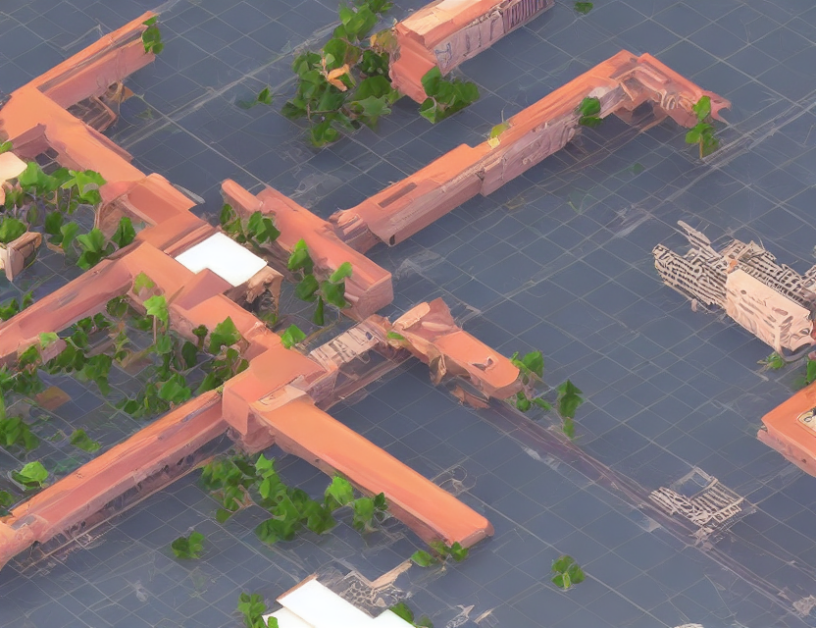In recent years, there has been a growing interest in text-to-image synthesis, which involves generating images based on textual descriptions. One popular approach to achieving this goal is through the use of diffusion models, which are statistical models that can generate images by gradually refining a random noise vector until it matches the desired image.
In this article, we will delve into the world of text-to-image synthesis using diffusion models and explore how they work, their limitations, and some of the recent advancements in this field. We will also discuss some of the challenges associated with these models and how they can be overcome.
How Diffusion Models Work
Diffusion models are based on the concept of iteratively refining a random noise vector until it matches the desired image. The process involves a series of transformations that progressively modify the noise vector, such that each transformation takes the current state of the noise vector and transforms it into a closer approximation of the target image.
To understand how diffusion models work, let’s consider an analogy. Imagine you have a bucket of paint with different colors. You can start with any color you want, and then gradually add more paint to the bucket until the color matches the desired shade. This process of gradually refining the color is similar to how diffusion models generate images from textual descriptions.
The key difference between these two examples is that while you can easily see the gradual transformation of the paint in the bucket, generating an image from text requires a much more complex and sophisticated process. This is where diffusion models come into play.
Limitations of Diffusion Models
While diffusion models have shown promising results in text-to-image synthesis, they are not without their limitations. One of the main challenges is overfitting, which occurs when the model becomes too complex and starts to memorize the training data rather than learning generalizable patterns. This can result in the generated images lacking diversity and consistently resembling the training data.
Another challenge is the difficulty in controlling the style of the generated images. Diffusion models are not explicitly designed to preserve certain artistic styles, which can limit their ability to generate images that are consistent with a particular style.
Recent Advances in Text-to-Image Synthesis
Despite the limitations, there have been significant advances in text-to-image synthesis using diffusion models. One of the recent approaches is through the use of progressive distillation, which involves fine-tuning the model gradually to improve its performance. This approach has shown promising results in improving the quality and diversity of generated images.
Another recent development is the use of latent diffusion models, which introduce an additional level of abstraction to the generation process. These models are able to generate more diverse and creative images by leveraging the latent space of the model.
Challenges and Future Directions
Despite the progress made in text-to-image synthesis using diffusion models, there are still several challenges that need to be addressed. One of the main challenges is the lack of control over the generated images, which can limit their usefulness in practical applications. Another challenge is the difficulty in scaling these models to more complex tasks, such as generating images from multiple textual descriptions or generating videos.
In conclusion, text-to-image synthesis using diffusion models has shown promising results in recent years. While there are still limitations and challenges associated with these models, they have the potential to revolutionize the field of computer vision and natural language processing. As research continues to advance, we can expect to see more sophisticated and creative applications of these models in the future.
Computer Science, Computer Vision and Pattern Recognition
Enhancing Text-Guided Image Generation with Clip Latents



